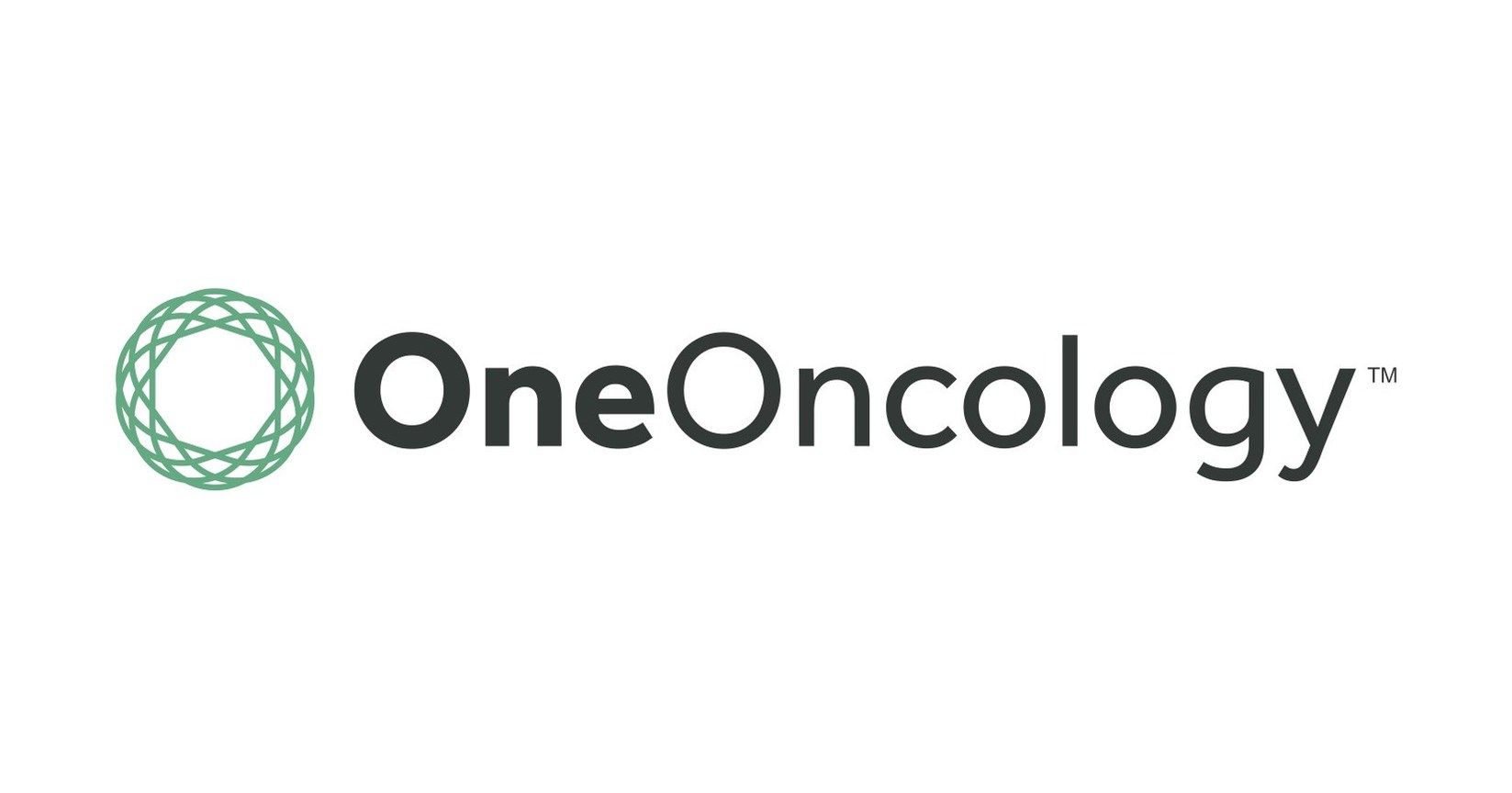Article
Building Trust and Collaborating for Data Sharing
Cross-sector data sharing is particularly relevant to the burgeoning field of complex care. The creation of data-sharing partnerships requires flexible relationship-building approaches that establish trust among partnering organizations.
Written by Andrew Hamilton, RN, BSN, MS, and Nivedita Mohanty, MD, of AllianceChicago; Cortney Bruno, MSW, Abigail Fallen, RHIA, Teagan Kuruna, MPH, and Stephen Singer, MCP, of Camden Coalition of Healthcare Providers; and Sarah Bartelmann, MPH, and Nikki Olson, MA, of Providence Center for Outcomes Research and Education.
Evidence is growing of the influence social factors have on health outcomes,1,2 but healthcare providers cannot, on their own, manage the array of social needs affecting many patients’ health. To address this gap, cross-sector collaborations between healthcare, social service, and government sectors are a growing trend,1,3 and they are beginning to yield positive outcomes for patient health and healthcare spending. Meanwhile, technological advances have changed how health data are collected and stored, creating opportunities for sharing electronic data across sectors. Networks and organizations offering guidance and providing technical assistance to sites at various stages in the development of cross-sector data-sharing relationships have also emerged in recent years. See, for example, New York University’s GovLab, All In Data for Community Health, and Actionable Intelligence for Social Policy.

Complex health and social needs describe a combination of medical, behavioral, and social barriers to health and wellness. Patients experiencing this combination of needs often have poor health outcomes despite accounting for a high proportion of healthcare spending.
Complex care is the care of individuals with complex health and social needs. It is a burgeoning field, consisting of programs tailored to specific patients’ needs.
Cross-sector data sharing is particularly relevant to the burgeoning field of complex care. Individuals with complex health and social needs often cycle through various systems—including healthcare, social services, and criminal justice—without cross-sector communication or coordination. This lack of collaboration can result in ineffective service provision, the exacerbation of existing illnesses and conditions, and higher costs. The integration of cross-sector data allows providers to identify individuals who need the most support and collaborate to address their specific needs, potentially maximizing impact and improving outcomes across systems.4
The creation of data-sharing partnerships requires flexible relationship-building approaches that establish trust among partnering organizations. Conversations with AllianceChicago (Alliance), Camden Coalition of Healthcare Providers (Camden Coalition), and Providence Health and Services Center for Outcomes Research and Evaluation (CORE) illuminated 6 strategies for building the trust needed to support collaborative relationships. This brief highlights the way these organizations built trust with their partners.
1. Identify Shared Needs
A first step to building meaningful partnerships between organizations is examining the challenges each organization faces as a result of missing information, and then finding ways to address these shortcomings through data sharing. By discovering a shared purpose, organizations have an incentive to work together.
Alliance: Listen to partners’ concerns
This approach contributed to the success of Alliance’s HealthyRx pilot. One of the community partners that accepted “prescriptions” for exercise plans was the local YMCA. Alliance conducted two, 3-hour listening sessions to better understand the YMCA’s business model, services, engagement approaches, and data-tracking methods. These sessions gave Alliance the chance to hear YMCA’s concerns and questions and learn what the YMCA would need from them to participate in the HealthyRx pilot.
CORE: Respond to existing needs
CORE also works with partners to identify needs that cross-sector data could help address. Through the Community Connections Initiative, CORE identifies individuals who experience poor outcomes by sector and among multiple sectors, such as chronic absenteeism (education) and chronic homelessness or housing instability (housing). The initiative began with CORE conducting site visits with interested partner organizations, scanning data and data needs of more than 20 cross-sector partners, and examining the data of potential partners to find common elements. Next, CORE engaged the partners in deeper conversations, exploring the questions that potential partners would like to have answered about their population’s outcomes and needs. This process gave CORE insight into the kinds of data analysis that potential partners would find most useful and provided a starting point for building the data use case and analysis plan together.
2. Find Internal Champions
Often, an effective way of facilitating cross-sector relationships is to cultivate internal champions. Individuals who believe in the benefits of cross-sector data collaboration can help make the case to their more skeptical colleagues.
CORE: Engage champions with a range of knowledge
CORE has found that engaging champions who have various roles within an organization is helpful to establishing a data-sharing relationship with a potential partner. This was particularly relevant when CORE began working with the Vancouver Housing Authority through the Community Connections Initiative, which integrates data to improve health and social outcomes. CORE found that staff in various roles each had a unique perspective on the value that the initiative could bring to the Housing Authority, and provided critical insight needed to make a stronger case for data sharing. For example, in the case of the Housing Authority:
- Program leads spoke to the operational use and quality of the data and determined that data would answer their key program questions;
- Technical staff worked closely with CORE’s data team to decide which data would be used;
- Compliance experts from both organizations and the US Department of Housing and Urban Development office partnered to ensure compliance; and
- Community health workers lent insight into the experience of engaging with these sectors to ensure that research questions were meaningful to the community.
Alliance: Enlist patient advocates
Clinical champions have played an important role in the Chicago-area DASH project, which harnesses multisector data to predict lead risk at the point-of-care in clinical practice. Since community health center clinicians are often the first to detect lead poisoning in children, Alliance identified enthusiastic clinical champions who already had advocated for their patients affected by lead poisoning through legal resources and city agencies, and with housing authorities. Alliance built on this momentum by engaging clinicians who worked at community health centers in areas where children are at high risk for lead exposure. They worked with the clinicians to design how to display salient, actionable information about lead risk in a patient’s Electronic Medical Record. The ability to view lead exposure prevalence alongside other prognostic indicators of childhood opportunity solidified interest among clinicians.
3. Build on Existing Partnerships
Strong relationships are necessary to build trust among partner organizations. Building upon existing partnerships can be an efficient and effective way to deepen trust.
CORE: Lean on common partners
CORE was able to build on existing partnerships that the Healthy Living Collaborative of Southwest Washington (HLC) cultivated between the housing authority and 2 school districts in Clark County, Washington, to collaborate with the schools. The school districts had identified chronic absenteeism as a priority area for improvement and already established data-sharing agreements with the housing authority to get housing vouchers for families experiencing housing instability. Together, CORE and the HLC leveraged this partnership to further study the connection between housing instability and chronic absenteeism.
Alliance: Develop common goals
For its HealthyRx pilot, Alliance also built on an existing relationship with the Southside Health Coalition, a group of healthcare providers who already met regularly. Together, Alliance and the Southside Health Coalition used these monthly meetings to define goals and objectives for organizations in the coalition. This led to a collective effort to ensure that patients and community members receive all the services they needed to address social determinants of health. To meet this goal, Alliance developed and piloted the HealthyRx project.
4. Understand That Building Collaborative Relationships Takes Time
Establishing partnerships for data sharing can be a slow process. Partner organizations that previously have not shared data may need time to build infrastructure, develop internal processes, and establish trust with data-sharing partners. Even when organizations have experience with data sharing, each sector has different compliance and data security regulations that take time to navigate. Patience with partners can help build their confidence to share data and allows time to establish data-sharing guidelines that comply with regulations.
CORE: Help partners understand laws and regulations
In addition to providing technical assistance to support organizations that lack data-sharing infrastructure, CORE has found that building in extra time to review regulations can be valuable. Even healthcare organizations, which may have a good understanding of the regulations governing their ability to share data, may still need plenty of time to work through their compliance needs. For example, data-sharing agreements for healthcare data vary by the type of health information, the degree to which the information contains individual identifiers, and for what purpose the data are being used. Sharing healthcare data for research follows a different process than sharing data for direct patient care through a health information exchange (HIE). Sorting through these issues is complex and takes time.
Camden Coalition: Give partners useful information
The Camden Coalition has learned that potential partners often need time to understand the value of data sharing. When engaging its first behavioral health organization, Oaks Integrated Care (Oaks), to join its HIE, the Camden Coalition did not immediately ask Oaks to contribute data to the HIE. Rather than lead with this request, the Camden Coalition gave Oaks time to see the value of the HIE by providing Oaks with reports built from information that other providers had entered into the HIE so that Oaks could use them to inform treatment decisions. The Camden Coalition showed Oaks the benefit of participating in the HIE and demonstrated the security of the platform before asking for anything in return.
5. Tailor communication for the audience
Communicating why data sharing is valuable can help motivate partners to collaborate. Tailoring the message further helps each potential partner organization see the value in sharing data.
CORE: Create easy-to-understand resources
When speaking with partners outside the healthcare system, CORE uses language, acronyms, and even jargon that are familiar to the specific audience. CORE also develops data visualizations that are clean, simple, and easy for potential partners to digest. CORE has found that tailored communication helps boost the confidence of other organizations to work together and allows CORE to demonstrate added value. For example, rather than distributing lengthy reports, CORE carefully constructs visuals to highlight the connection between health and housing. CORE has seen stakeholders quickly grasp the significance of the evidence and become eager to mobilize for action as a result of seeing the visualizations.
Alliance: Make sure collaboration leads to relevant opportunities
Alliance also sees the value of adapting its messaging to the interests and needs of its partner organizations. When it collaborates with community health centers in Chicago, Alliance works to ensure that the focus of collaborative projects and the opportunities gained from them are relevant to each health center's distinct mission. For example, Alliance informs health centers that serve a large percentage of pediatric patients living in low-income neighborhoods about how they benefit from collaborating on projects that engage stakeholders in the areas of public health, housing, and education.
6. Help Adapt and Implement Existing Technology to Meet Organizations’ Needs
Legal and regulatory protections limit who can access an individual’s personal health information. However, there are legal strategies organizations can use to comply with these regulations and still share data across sectors.
Alliance: Create custom versions of necessary technology
For its work with nonhealthcare staff, such as case management staff from food pantries and social service providers, Alliance created a custom version of the electronic medical record (EMR) software it used in its primary care settings. This version restricted what these nonmedical providers could access, including patients’ medical records. Instead, this version of the EMR allowed nonmedical providers to see that patients were accessing their nonhealthcare services and allowed healthcare providers to view other services the patients received. Not only does this allow for shared records, but it demonstrates how technology can be adapted for successful use in another sector while it continues to protect patient data.
Camden Coalition: Allow restricted access to data-sharing platforms
The Camden Coalition’s HIE has similar restrictions for nonhealthcare providers. For example, in its Faith in Prevention program, participating faith-based organizations have limited access to the HIE. Congregants of participating organizations have the option to sign up to have their faith leader automatically notified when they are admitted to the hospital. Then, the leader can call the member to offer services and support. The Camden Coalition has ensured that the leaders have restricted access to the HIE so that they are informed when a member is hospitalized, but do not have access to additional data, such as personal health information.
Adapting These Strategies for Your Community
The 6 strategies described in this paper are ways to encourage and nourish collaborative data-sharing relationships within and across sectors. While they have worked well for partnerships in Chicago, Camden, and Southwest Washington state, each community will need to assess its own environment and iterate using their own intuition and knowledge as they use integrated data to strengthen cross-sector partnerships.
This brief, made possible by the Aetna Foundation, is 1 of a series of briefs and webinars outlining considerations for cross-sector data sharing to improve health and well-being. Each brief builds upon content presented in a webinar of the same topic. Find recordings of the webinars and the series of briefs at https://www.nationalcomplex.care/blog/data-sharing.
Learn more about the National Center on our website: nationalcomplex.care.
The authors thank Dawn Wiest, Tyson Smith, Danielle Hodges, Felicia Santiago, Amy Yuen, and Berly Laycox of the Camden Coalition of Healthcare Providers for their valuable input.
About the Innovators
AllianceChicago
AllianceChicago (Alliance) was created from partnerships among community health centers to leverage shared resources and infrastructure to promote high-quality care and healthy, vibrant communities. Alliance recently participated in the Chicago-area Data Across Sectors for Health project, an initiative of the Robert Wood Johnson Foundation offering grants to organizations which support cross-sector data collaborations to improve health and wellness. The project’s goal of bringing public health data to clinicians to proactively address lead poisoning grew from an existing partnership with Public Health Institute of Metropolitan Chicago and Chicago Department of Public Health. Alliance also recently supported a number of Chicago-based community health centers to pilot HealthyRx, in which providers used an integrated data system to “prescribe” patients nonmedical community services, offered by data partners (social service agencies and community-based organizations.)
The Camden Coalition of Healthcare Providers
The Camden Coalition of Healthcare Providers (Camden Coalition) is a coalition of healthcare providers, community partners, and advocates working to improve health and reduce costs for patients with complex health and social needs in Camden, New Jersey. The Camden Coalition Health Information Exchange enables hospitals, primary care practices, laboratory and radiology groups, social service organizations, correctional facilities, and other organizations to share data to improve care delivery through access to real-time patient data.
The Providence Center for Outcomes Research and Education
The Providence Center for Outcomes Research and Education (CORE) is an independent research team focused on understanding and improving the health of underserved populations through research, program evaluation, and data analytics. The Healthy Living Collaborative of Southwest Washington (HLC) is a coalition that is developing a regional approach to addressing the underlying social and economic issues that disproportionately affect individuals with complex health and social needs. Together, the HLC and CORE have launched the Community Connections Initiative to connect multisector data to better understand regional needs. Currently, the shared data set includes housing data, and is close to integrating data from Medicaid and 1 school district.
1. Henize AW, Beck AF, Klein MD, Adams M, Kahn RS. A Road Map to Address the Social Determinants of Health Through Community Collaboration. Pediatrics. 2015;136(4):e993-e1001. doi:10.1542/peds.2015-0549.
2. Taylor LA, Coyle CE, Ndumele C, et al. Leveraging the social determinants of health: what works? PloS One. 2016;11(8):e0160217.
3. Mattessich PW, Rausch EJ. Cross-sector collaboration to improve community health: A view of the current landscape. Health Aff (Millwood). 2014;33(11):1968-74. doi:10.1377/hlthaff.2014.0645.
4. Vickery KD, Bodurtha P, Winkelman TN, Hougham C, Owen R, Legler MS, Erickson E, Davis MM. Cross-Sector Service Use Among High Health Care Utilizers In Minnesota After Medicaid Expansion. Health Aff (Millwood). 2018;37(1):62-9. doi:10.1377/hlthaff.2017.0991.
References




